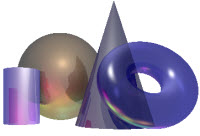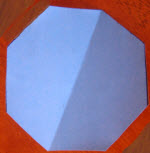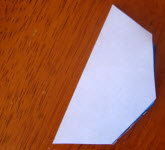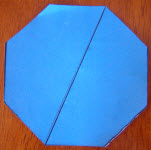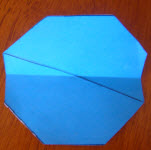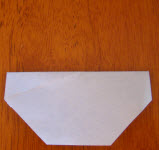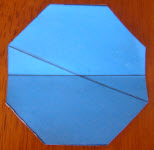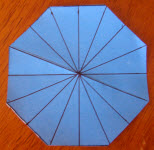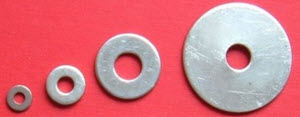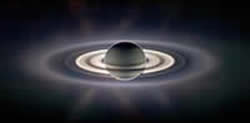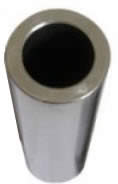Metric Area
These are the most common measurements of area (from smallest to largest):
- Square Millimeter
- Square Centimeter
- Square Meter
- Hectare
- Square Kilometer
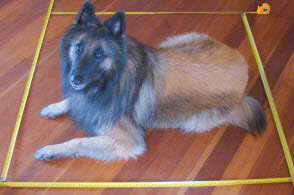
Ariel the Dog is waiting patiently
inside 1 square meter.
Square Meter
The square meter is the basic unit of area of the Metric System.
Area is length by length, so:
A square that is 1 meter on each side
is 1 square meter.
is 1 square meter.
You could have other shapes (such as a rectangle that is ½ a meter by 2 meters) that also make 1 square meter.




